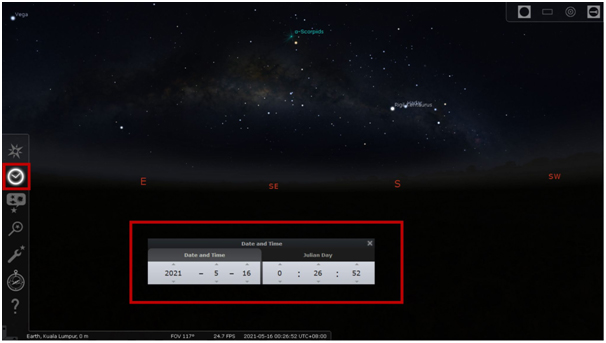

I personally use the Petzl NAO + Headlamp, and I couldn't be happier with it! You also want to have a solid headlamp that will help you find those out-of-the-way dark locations for the ultimate in night sky photos. Since higher ISO values are associated with increased digital noise, minimizing the ISO will be helpful in getting clearer, sharper Milky Way Images. The larger the aperture, the more light the lens can collect, and the more light it can collect, the lower the ISO setting you can use. However, if you want improved results, get a better lens, like a wide-angle prime lens with a wide maximum aperture of f/2 or greater. So, as long as you have a DSLR or mirrorless camera, a lens, and a tripod, you can proceed. In fact, you can get great photos of the Milky Way with an entry-level DSLR, a kit lens, and a sturdy tripod. Sure, fancy astrophotography gear is nice to have, but it isn't necessary. One of the misnomers about Milky Way photography is that you have to buy all sorts of expensive gear to get a good shot. Let's get started! Planning the Shot Get the Gear That's what you'll learn how to do in this tutorial. There's no special hard-to-understand formulas for getting great photos of the Milky Way.Īll it comes down to is planning the shot, executing the shot, and editing the shot. Well, the answer to that question is actually yes. It's such a gorgeous shot, so it must have required tons of time and effort, right? When you see a photo like the one above, it's hard not to think "Wow, that must've been complicated!"


 0 kommentar(er)
0 kommentar(er)
